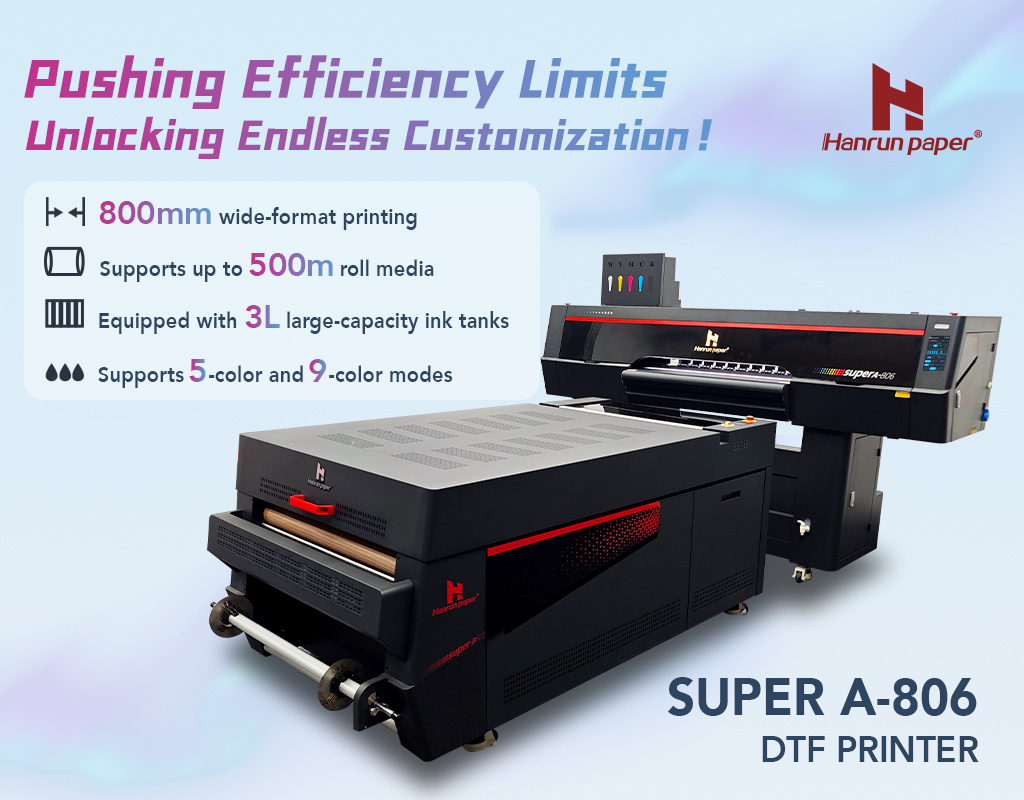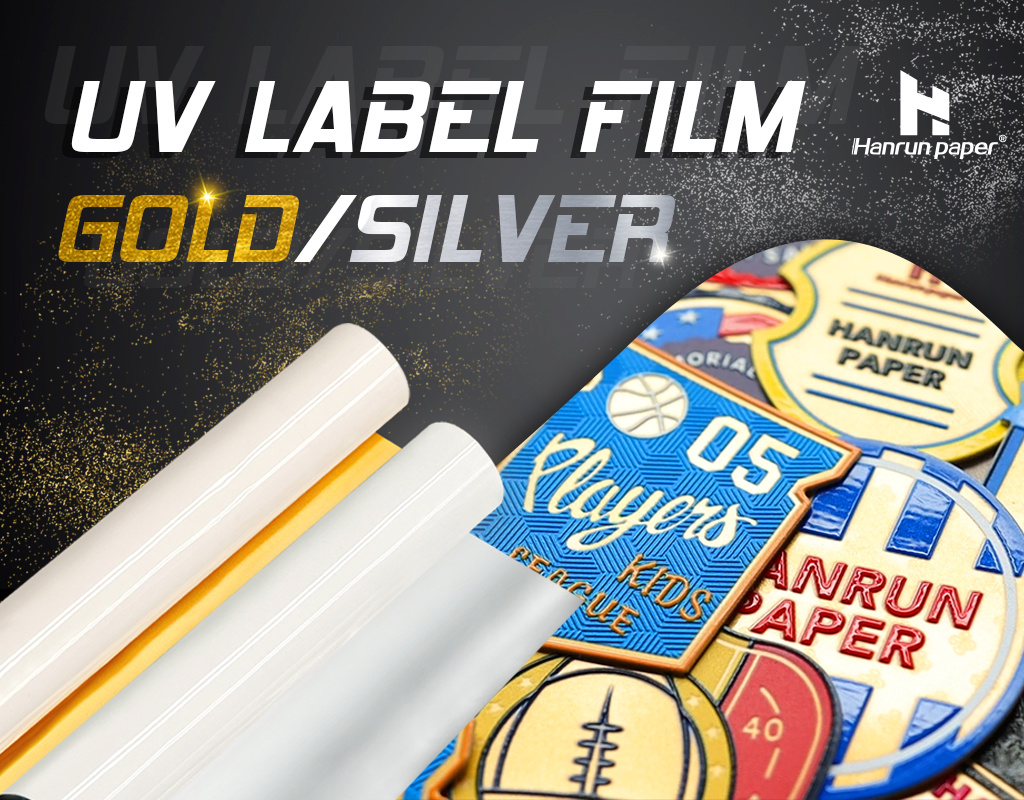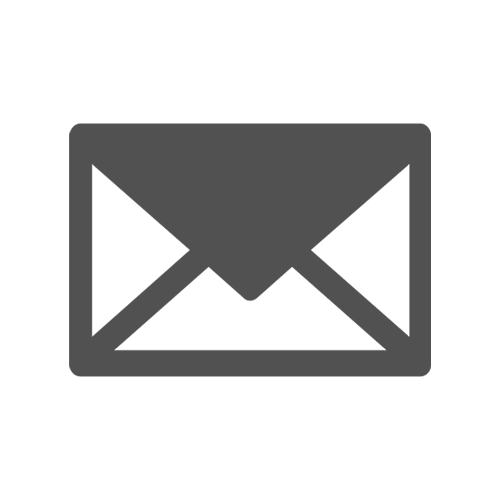How to Choose the Right Garment Decoration Solution?
In the field of garment printing, the choice of decoration technique directly determines product texture, application scenarios, and market competitiveness. This article provides an in-depth analysis of six major garment decoration methods—Direct-to-Film (DTF), Direct-to-Garment (DTG), Heat Transfer Vinyl (HTV), Screen Printing, Sublimation Printing and Embroidery. It outlines their advantages and disadvantages and offers professional recommendations based on practical application scenarios.
1. Direct-to-Film (DTF)
DTF printing involves printing a design onto a transfer film, applying adhesive powder, drying, and then heat pressing it onto the fabric.
Advantages
Low Entry Cost: Desktop-level DTF systems start around $5,000 and are easy to use for small-batch orders.
Multi-Fabric Compatibility: The same ink and film can be used on cotton, polyester, blends, and more without changing consumables.
Single-Operator Friendly: The process—printing, powder application, drying, and pressing—is highly automated and can be managed by one person.
Disadvantages
Powder Handling: Requires protective gear and good ventilation, adding operational complexity and safety requirements.
Moderate Wash Durability: Though elastic and crack-resistant, wash fastness still lags behind professional screen printing.
Ideal Applications
Perfect for small to mid-sized print shops, e-commerce businesses, and short to medium production runs.
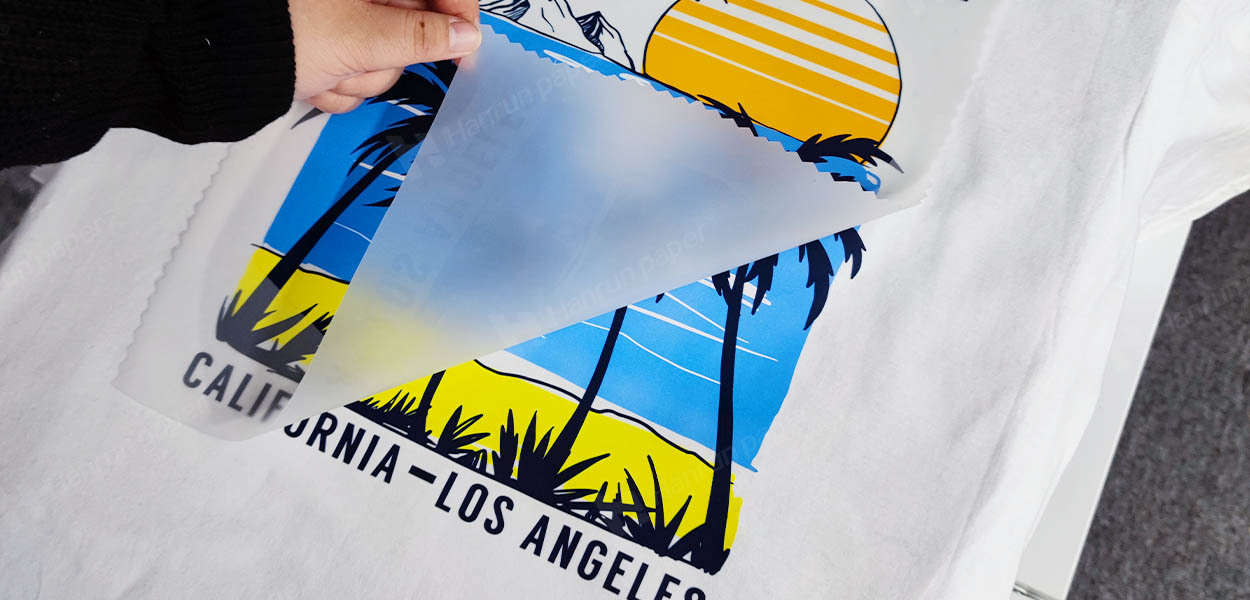
2. Direct-to-Garment (DTG)
DTG printing uses inkjet technology to print water-based ink directly onto fabric without screen setup.
Advantages
On-Demand Full Color: Supports photo-quality images and complex designs without color separation.
Soft Hand Feel: Ink penetrates fibers, resulting in breathable, flexible prints.
Low Waste & Easy Cleanup: No screens or transfer films required, making the process cleaner and more eco-friendly.
Disadvantages
Fabric Limitations: Best for light-colored garments with at least 60% cotton content; dark fabrics require white underbase pretreatment.
Pretreatment Costs: Pretreatment enhances print quality and costs around $0.35–0.40 per piece, plus equipment investment.
Low Mass Production Efficiency: Slower printing speed makes it less suitable for large-scale orders.
Ideal Applications
Best for small to medium batch on-demand production, custom gifts, sampling, and prototyping.
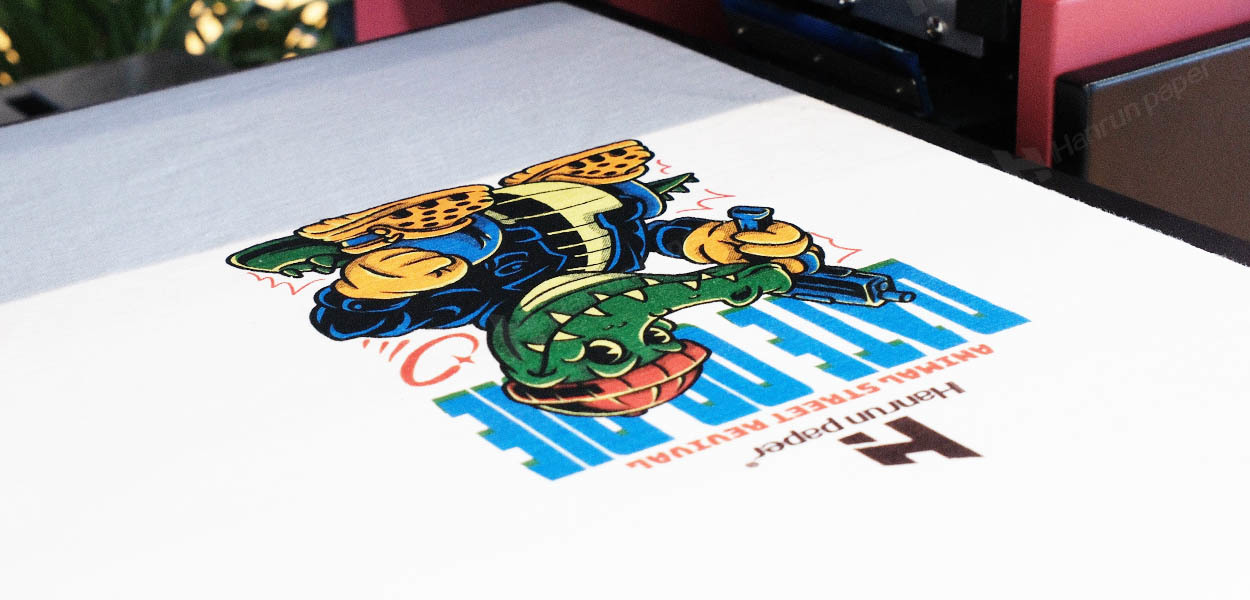
3. Heat Transfer Vinyl (HTV)
Designs are cut from colored vinyl sheets using a plotter and then heat-pressed onto the fabric.
Advantages
Simple Operation: Design → Cut → Weed → Press can be completed by one person.
Material Variety: Glitter, metallic, flocked, and other special-effect films are available.
Cost-Effective for Small Runs: No screens or films needed, and materials are inexpensive.
Durability: Properly applied vinyl can withstand multiple washes.
Disadvantages
Limited to Simple Graphics: Not suitable for gradients or photo-quality details.
Low Throughput: Requires individual pressing per piece.
Bulkiness and Reduced Breathability: Adds a visible layer that may affect fabric stretch and airflow.
Equipment Requirement: Needs a cutter and heat press.
Ideal Applications
Best for small batch name/number printing, team uniforms, promotional gifts, and personalized items.
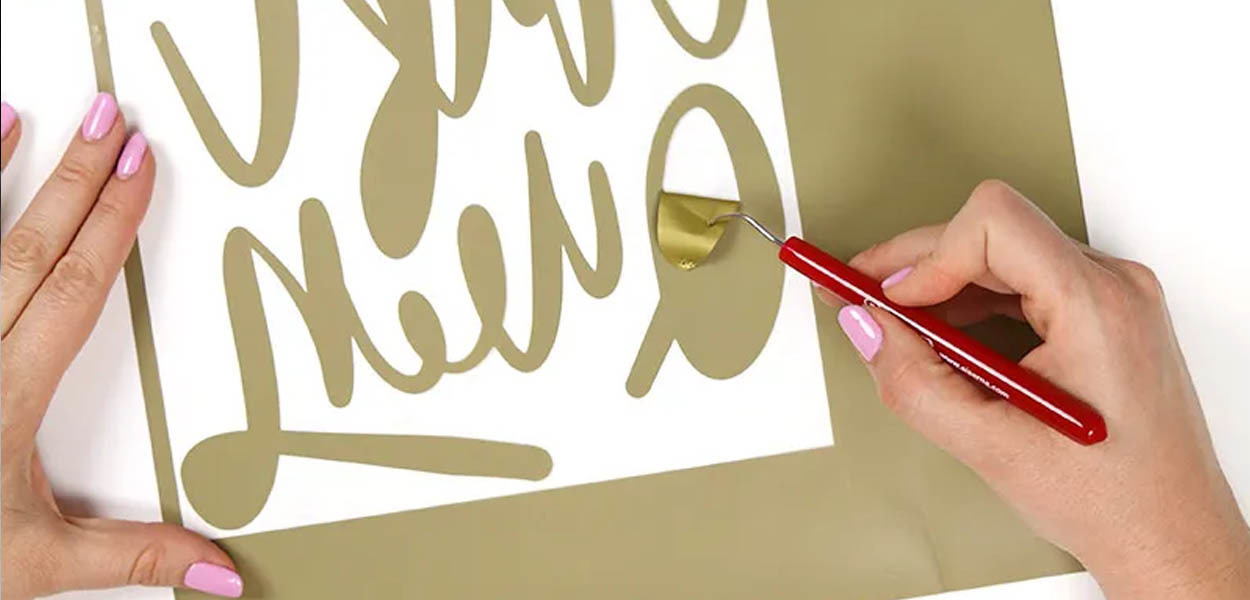
4. Screen Printing
A traditional method using stencils and mesh screens to transfer ink onto fabric.
Advantages
Cost-Effective for Large Volumes: Economies of scale make it ideal for orders over 1,000 units.
Excellent Durability: Thick ink layers provide superior UV and wash resistance.
Broad Fabric Compatibility: Special inks allow use on cotton, polyester, and more; automation enables efficient multi-color production.
Disadvantages
Complex Setup: Requires separate screens for each color, which is time-consuming and costly.
Limited to Simple Graphics: Not suitable for photo-realistic or complex gradient designs.
Ideal Applications
Best for large-scale production of T-shirts, hoodies, and canvas bags with simple block or line graphics.
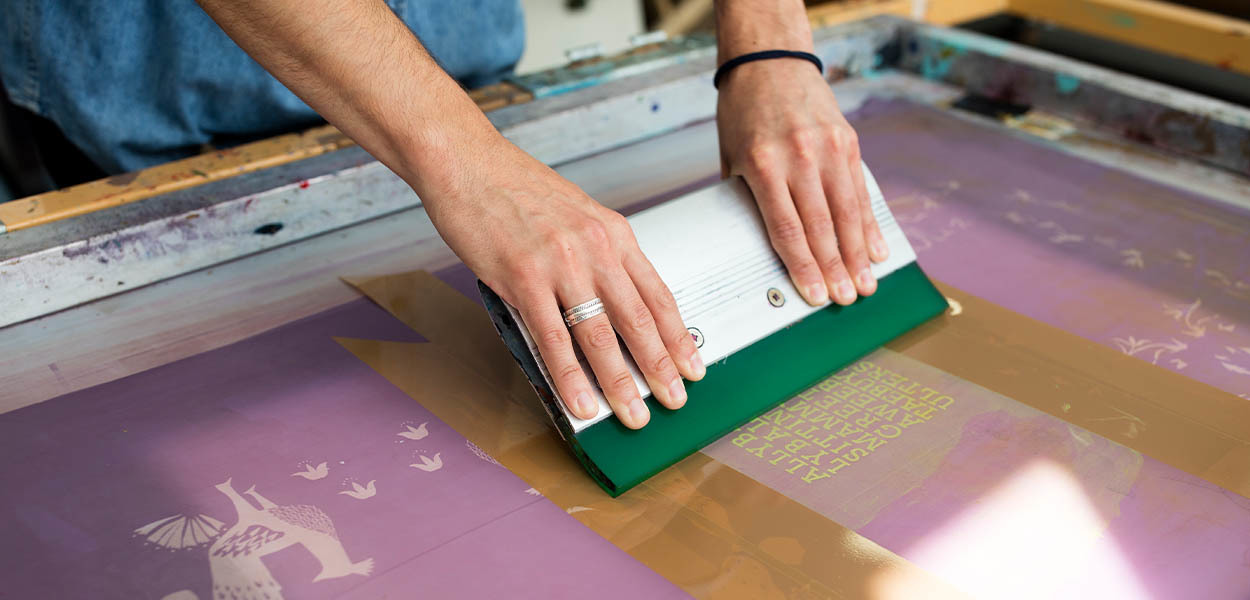
5. Sublimation Printing
Uses heat to turn dye into gas, which permeates polyester fibers to form a permanent bond.
Advantages
Smooth Finish: The design becomes part of the fabric with no raised surface.
Vibrant and Detailed: Enables photo-quality gradients and complex details.
Excellent Durability: Dye bonds at the molecular level for long-lasting results.
Consistent Cost: Unit cost remains stable from single items to bulk runs.
Ideal for Sportswear: Popular in polyester athletic apparel due to its sweat resistance and durability.
Disadvantages
Limited to Polyester: Not compatible with cotton, silk, or natural fibers.
No White Ink: Cannot print white designs on dark garments.
High Equipment Cost: Requires a sublimation printer, heat press, and dye-sub paper.
No 3D Texture: Lacks the tactile quality of embroidery or flocking.
Ideal Applications
Best for full-coverage prints, sportswear, promotional items, and polyester-based dark designs.
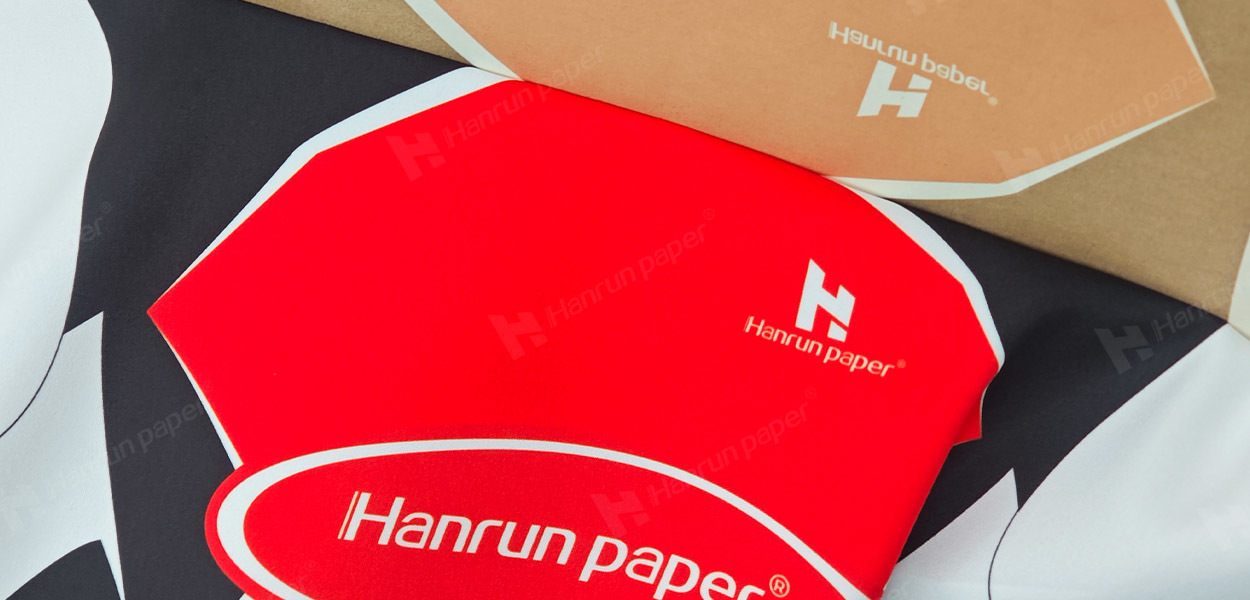
6. Embroidery
Embroidery machines stitch digitized patterns directly onto fabric, creating raised textured effects.
Advantages
Premium Aesthetic: Adds dimension and luxury, enhancing brand value and perceived quality.
Exceptional Durability: Threads are abrasion-resistant and often outlast the garment itself.
Disadvantages
High Investment: Industrial machines cost thousands, and digitizing software and skills are essential.
Low Production Speed: Best for small designs; not ideal for large or gradient-heavy graphics.
Ideal Applications
Suited for uniforms, workwear, caps, branded trim, and upscale corporate gifts.
Technique Selection Guide by Scenario
| Technique | Order Size | Ideal Fabrics | Design Type | Turnaround | Key Texture Attributes |
| DTF | 50–1000 | Blended / Mixed Fabric Orders | Medium Complexity | 1–3 days | Flexible, Low Entry |
| DTG | 1–200 | Light Cotton | Photos / Gradients | 3–5 days | Soft, Full Color |
| HTV | 1–100 | All Fabrics (coated) | Single Color / Special Effects | 2–3 days | Fast, Creative |
| Screen | 1,000+ | All Fabrics | Simple Color Blocks / Lines | 5–7 days | Durable, Economical |
| Sublimation | 50+ | Polyester / Coated | Full Gradients / Complex | 5–7 days | Seamless, Vivid |
| Embroidery | 1–500 (small areas) | Cotton / Linen / Leather | Logos / Text / 3D | 7–10 days | Premium, Tactile |
Hybrid Application Innovations
To overcome the limitations of single techniques, combinations are recommended:
Creative Layering: Add flocked HTV text over full-color DTF prints for visual and tactile contrast.
Functional Fusion: Use embroidery for logos on sportswear collars while sublimating gradients on the body for balanced branding and performance.
Material Matching: On specialty fabrics like leather or silk, use embroidery or foil stamping to avoid ink damage.
Industry Trends: Sustainability and Automation
The evolution of garment decoration follows two key trends:
Sustainable Upgrades: Growing use of bio-based materials, water-based inks, and eco-friendly practices to meet green production and export compliance.
Smart Integration: Automation and AI-driven calibration reduce technical barriers—e.g., DTF printers with self-cleaning and moisturizing printheads increase efficiency and yield for beginners.
Conclusion
Choosing a garment decoration method is about aligning with core production priorities—mass production calls for cost-efficiency, personalization demands design flexibility, and premium scenarios require both quality and durability. It's recommended that an evaluation system be built with sample testing (e.g., wash fastness, hand feel) and refined techniques based on industry trends. As technology and materials continue to evolve, future garment customization will leverage richer hybrid solutions for boundary-free creative expression.
Contact Us
Global sales e-mail: info@hanrunpaper.com
Global sales WhatsApp: 86 189 3686 5061
Address: No.10 building, Baijiahui Innovation Community, 699-18 Xuanwu Avenue, Nanjing, China
Need Local Support? Find a Certified Hanrun Paper Dealer in Your Area.
Transfer To Digital, Transfer To Future
Hanrunpaper
Contact us
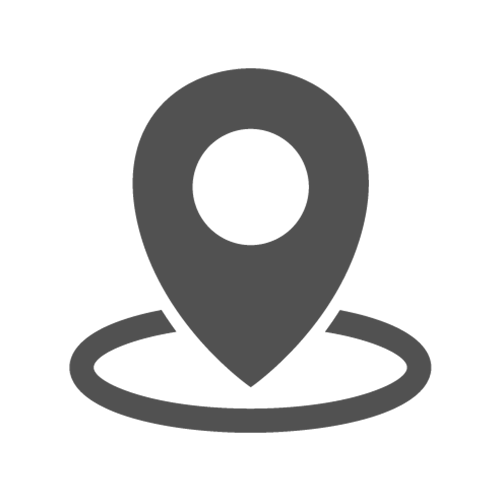
Address:No.10 building, Baijiahui Creative Community, 699-18 Xuanwu Avenue, Nanjing, China






